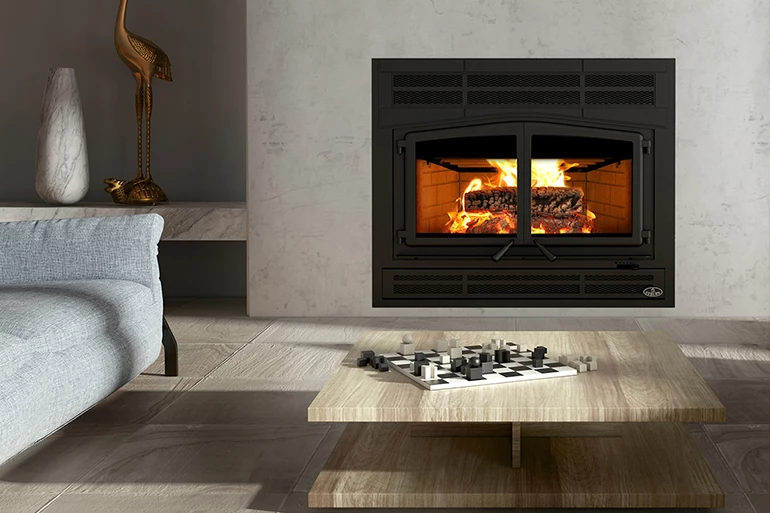The Fireplace Hearth Then and Now
"Hearth and home" is a well-worn clich?. It's more about the comforting feeling a home brings and the most common gathering place within it ? the fireplace hearth. Family and friends have gathered around hearths for centuries. The word hearth takes on many definitions, but most people recognize it as the space near or around the fireplace.Â
-

- Napoleon High Country 5000 Wood Burning Fireplace
In this article, we will define what hearth means inside the home. And, we will explain what you need to know to find a hearth that's worthy of your family and friends.

